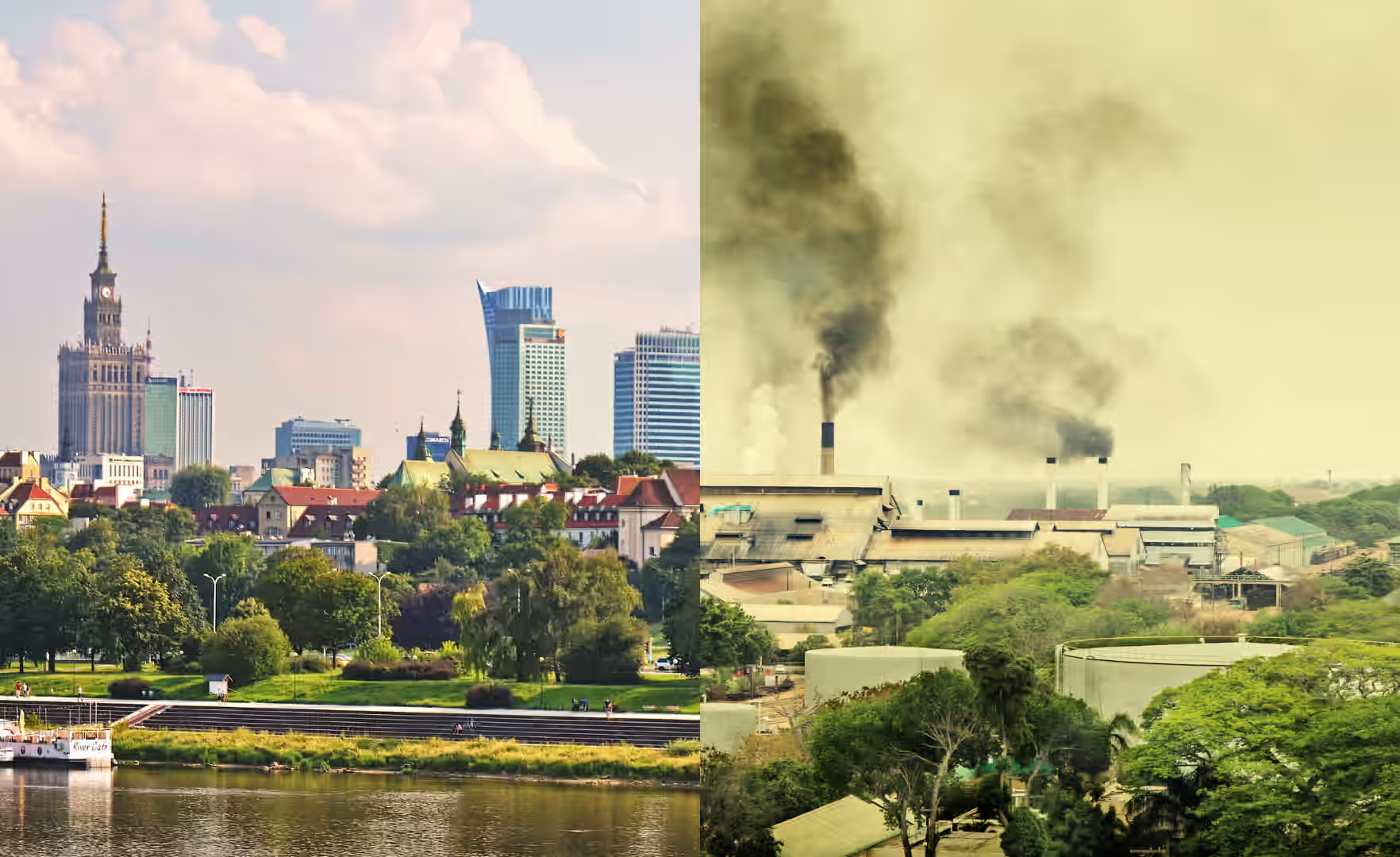The Economic Impact of Climate Change

When people think about climate change, the first thing that comes to mind is often distant ice caps, rising sea levels, or polar bears clinging to melting glaciers. These are of course very important symbols of a global crisis, but they don’t always connect with the everyday challenges most of us face in our businesses, our communities, and our personal finances.
There’s a growing need to shift this narrative, to bring climate change out of the wilderness and into the boardroom, the living room, and the wider economic conversation. Because make no mistake: climate change is not just an environmental issue. It’s an economic one. And a big one.
And if we don’t start treating it this way, the costs will be far greater than many realise.

A 2°C World Could Cost You 16% of Your Wealth
Let me start with some numbers. Recent studies show that a global temperature rise of just 2°C, the threshold many scientists and policymakers have flagged as the upper limit of “acceptable” warming—could reduce the average person’s wealth by around 16%.
Now, 2°C might not sound like much. But economically, it’s enormous.
This figure isn’t just abstract modelling. It reflects how climate change affects almost every pillar of economic activity: agriculture, infrastructure, housing, supply chains, healthcare, and insurance, to name a few. It affects productivity in industries that depend on stable weather patterns. It impacts global markets through supply disruptions. It reshapes asset values and investment risks.
In other words, this is not something that future generations might need to worry about, it’s something our generation already needs to address.
The Gran Chaco: A Case Study in Climate Economics
To bring this into sharper focus, let’s look at a specific region that most people don’t know much about: the Gran Chaco.
The Gran Chaco spans parts of Argentina, Paraguay, Bolivia, and Brazil. It’s the second-largest forest in South America, after the Amazon. And it’s under immense pressure.
Large swathes of the Gran Chaco have been cleared in recent years to make room for industrial agriculture, especially cattle farming and soy production. This deforestation has real and alarming consequences because carbon stored in the forest is released into the atmosphere, contributing to global warming. Local weather patterns shift. Soil quality degrades. Water cycles are disrupted.
And here’s where the economic lens comes in: these changes have a direct impact on agricultural yields, local livelihoods, property values, and even national economies. What we’re seeing is a live demonstration of how climate change and economic loss are deeply connected.
The Gran Chaco might feel a world away to many, but the dynamics are global. The same pattern is playing out in different forms across Africa, Southeast Asia, and parts of the United States and Europe.

Why the Business World Needs to Pay Attention
As someone who works with organisations who are on their journey to net zero, I’ve seen firsthand just how a lack of clarity or urgency around climate impacts can stall progress. But I’ve also seen the power of taking meaningful, data-driven action. Businesses that begin to measure their environmental impact, especially across supply chains, can better anticipate risks, identify inefficiencies, and gain a competitive edge.
This isn’t just about saving trees. It’s about protecting profit margins, operational resilience, and shareholder value.
We need to stop viewing sustainability as a “nice to have” and start recognising it for what it is: a core business imperative.
Forward-looking companies are already integrating climate risk into their financial planning. They’re modelling how extreme weather could disrupt supply chains, how carbon pricing might impact costs, and how shifting regulations or consumer expectations could reshape their markets. This is already happening, and those who don’t implement these measures will be caught off guard.

The Cost of Inaction
It’s easy to assume that transitioning to a lower-carbon economy is expensive, and yes it requires investment. But the cost of doing nothing is far greater.
Whether it’s flood damage to infrastructure, drought-induced crop failures, health costs from pollution, or increased insurance premiums, the economic burden of climate inaction is already here, and it’s only growing.
In fact, many of the financial institutions now incorporating environmental, social, and governance (ESG) criteria into their models aren’t doing it out of idealism, they’re doing it because it’s good risk management.

A Path Forward
So what do we do about it?
First, we need governments to create clear, stable policies that support decarbonisation and ecosystem protection. That means incentives for renewable energy, tougher standards for emissions, and real investment in sustainable infrastructure.
Second, businesses need to act on the data they already have or start gathering it if they haven’t. Understanding your carbon footprint, especially across your supply chain, is essential. And taking action to reduce it can deliver both environmental and financial returns. This is for most businesses, the biggest barrier to successful decarbonisation, and establishing a credible and comprehensive and appropriate approach to net zero is critical.
Third, as individuals, we all have a role to play. Whether it’s through the choices we make as consumers, the companies we support, or the conversations we have, we can all push for a more sustainable, future-proof economy.
Climate Change Is the Economy’s Business
The bottom line is this: climate change is no longer just a moral or scientific issue, it’s an economic one.
If we ignore it, we risk not just environmental collapse, but economic regression. If we confront it head-on, we open the door to innovation, efficiency, and resilience.
We’re at a crossroads. And the decisions we make now across business, government, and society, will determine not just the health of our planet, but the prosperity of our economies.
The stakes couldn’t be higher. But neither could the opportunity.
Alan Stenson, CEO
Neutral Carbon Zone
Related Blogs
Speak to our team
Start integrating sustainability now into your business, one step at a time with independent third party verification from NCZ.